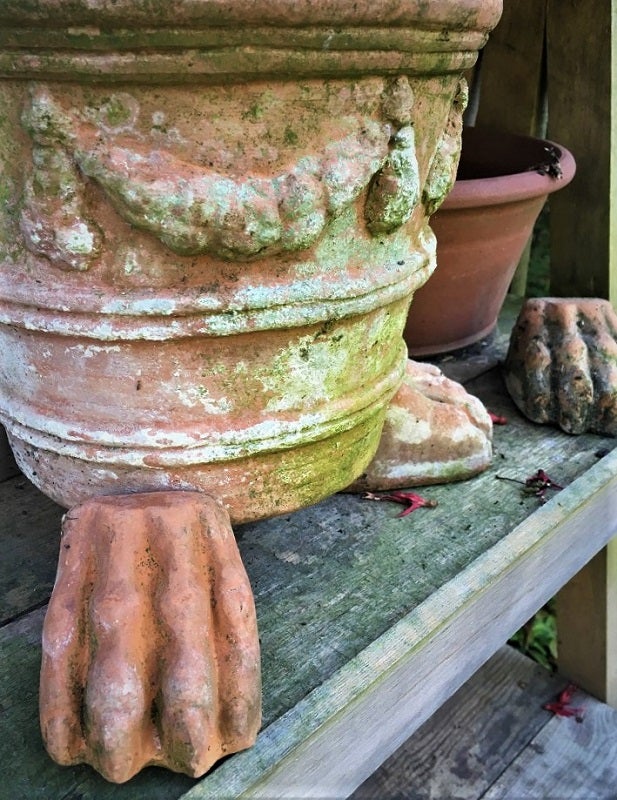When to move my plants outside??
Published 7:37 pm Saturday, March 16, 2019
By Sheri Bethard
Texas Certified Master Gardener, Orange County
As a Master Gardener, I am asked this question many times. I always tell them I wait until at least the end of March. There are several reasons I wait, the first being; our average last day of frost is usually March 15.
As you saw just last week, we had some temperatures that were down in the 30’s even though we had been having many nice days of 60 and some 70-degree temperatures. There have been times in the past when we have had cold snaps in the middle of March.
I can remember going on spring break vacations with our kids and checking on the temperatures back home and sure enough we had freezing weather on or around March 16. I was glad I had left my greenhouse heater set on low but set where it would come on if it needed to.
Second, I usually have to many things going on until then to have time to move them out. Our annual Master Gardener Bloomin’ Crazy Plant Fair is normally in March and that takes up a lot of my time.
When you are ready to move them out of your greenhouse, garage, house or wherever you had them “stored” for the winter, it’s best to wait until the nighttime temperatures are above 50 degrees, as most plants do not like temperatures below that.
In preparation for the move, hold off watering your bigger plants several days before moving them. Water is weight and it will help moving them by not having the added weight. Be sure to use a dolly or hand truck to move your bigger/heavier plants so you will not hurt your back.
When moving plants outside, start them off in a partially shady area first so they can get use to being back outside, before putting them in direct sun even if they are OK to be grown in direct sun. If you put them directly in the sun from growing in your house, garage or even greenhouse, the leaves will be sunburned just as though you were out in the sun all day without any protection on your skin. The end result your plant will loose its top leaves causing the plant to be misshapen.
As you are moving your plants back outside, this will be the opportune time to inspect your plant for bugs and any other problems that might have occurred. In addition, check to see if they need to be repotted.
Most plants in pots should be repotted every 2 – 4 years. The soil in the pot decomposes thus leaving nothing for the roots to grow in or get their nutrition from. Those not needing repotting, add some fresh potting mix to the top of the soil. Trim any dead or dying leaves giving new ones a chance to grow. If you cut at an angle it will encourage a more natural growth pattern.
Once you have your plants outside, you will need to alter your watering and fertilizing schedule. As the days get longer and hotter, you will need to water more often and in some cases some plants daily. Giving your plants a good bottom soaking not once but twice will help get the root ball thoroughly moist along with removing any accumulated salts from fertilizing.
Remember not to let the water stay in the pots saucers to long to avoid having a breeding ground for mosquitoes. Spraying the leaves with a shower of water will remove any dust or pollen and will aid in helping with the plant’s photosynthesis and will keep the leaves from drying out on windy, dry days along with giving much-needed humidity. Spraying also helps remove some of the soft-bodied pests such as aphids and whiteflies.
I hope these tips help you when you are ready to move your plants outside this month. Reminder our Annual Bloomin’ Crazy Plant Fair is Saturday, March 23, 8 a.m. – 1 p.m. at Cormier Park, 8235 FM 1442 in Orangefield.






